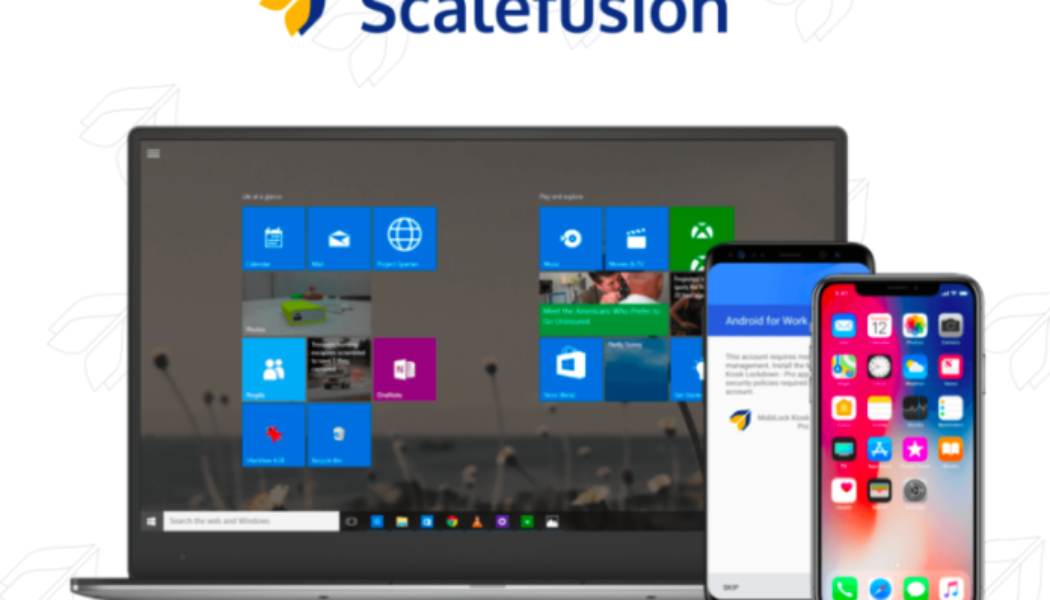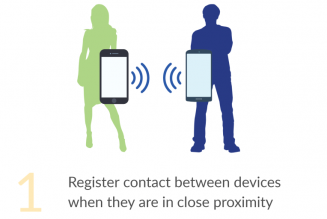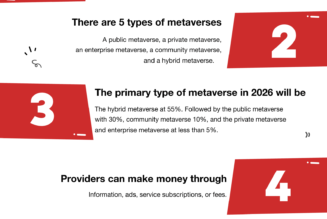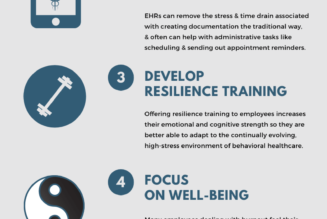
The Bring your own device (BYOD) trend gained instant momentum when it was introduced to the corporate world in the early 2000s. The business world, which until then relied on company-owned devices, was pleased to accept the BYOD work environment that presented boons for both the employers and the employees. After maintaining a stronghold on the corporate world for several years, businesses began re-evaluating the BYOD business model in terms of data security. The main concern was if the corporate data was ever completely safe on employees’ personal devices, especially outside office premises. Today, the most common question remains – “is BYOD now a thing of the past?”
The answer is no. Although BYOD appeared to be a fading trend up until a few years back, the corporate world is now seeing a rapid increase in mobility and dependence on remote working owing to improved operational efficiencies and better cost management it presents. According to a market study published by Global Industry Analysts, the global market for BYOD and enterprise mobility estimated at $61.4 billion in 2020, is projected to reach $157.3 billion by 2026. This brings BYOD right back into the game and along with it, the need to deploy a strong BYOD policy.
MDM solutions: an integral part of BYOD management
Mobile Device Management (MDM) solutions lie at the heart of efficient remote management. Deploying a BYOD work environment relies heavily on remote operations and security. Needless to say, the corporate world realized that they can enjoy the best of both worlds by backing up their BYOD environments with efficient MDM solutions.
Implementing MDM solutions to manage and secure BYO devices, gave enterprises the liberty to strengthen their security architecture with policies and provision umpteen remotely located devices with corporate assets and resources to be used on their personal devices, but in a secure environment.
Evolution of MDM to support the rapidly growing BYOD world
Earlier MDM solutions were known to streamline BYOD management in terms of basic data security policies and offer ease of deploying corporate apps and resources on employees’ personal devices to make them business-ready. Considering the recent surge in home offices and remote work environments, it is evident that employees love using their personal devices for work owing to the familiar interface, option to use the latest device of their choice and the liberty to access work resources from anywhere. This indicates that BYOD is here to stay and as the BYOD landscape evolves rapidly over time, so should the MDM capabilities to stay apace and offer state of the art BYOD management. With time, MDM solutions have grown to offer much more than simply provisioning BYO devices with corporate resources.
-
- Personal Data Separation
The use of personal devices for work blurs the line between maintaining personal and professional data. Latest MDM solutions offer sandboxing and containerization capabilities to prevent the mixing of employees’ personal and corporate information. IT admins of organizations can create work profiles on employees’ devices that will stay individual from their personal apps and data. Deploying apps and content, configuring enterprise-specific policies on employees’ devices remains restricted to the work profile, keeping the employees’ private data untouched and intact. - Zero-Trust Network Access
The modern-day MDM solutions help organizations achieve Zero-trust Network Access (ZTNA). Traditional network and data security practices such as configuring the VPN are implemented considering an outsider to be the source of data breaches. However, on experiencing remote working, corporates have realized that several data breaches also occur knowingly or unknowingly from the users within the corporate network.
The ZTNA achieved via MDM solutions helps IT admins take charge of which applications are used by employees in their work profiles, as well as creating browser restrictions to allow or block specific websites being visited by the users. Besides, admins can also configure compliance alerts such as data usage, security incidents, etc. and leverage detailed reports based on the devices’ usage patterns.
- Personal Data Separation
- Diverse OS Compatibility
Another aspect of the growing BYOD environment is that employees use devices of their choice. Organizations providing company-owned devices have the option to purchase and assign similar devices belonging to a common operating system (OS) to enable easy bulk deployment. However, in a BYOD scenario, organizations have to be prepared to manage diverse devices of various OS viz., Android, iOS, macOS, Windows, Linux. MDM solutions that offer BYOD management for varied operating systems play a great role in helping organizations cater to their employees’ diverse device needs.
The growing BYOD trend is shaping the way organizations opt for their MDM solutions. Picking the latest MDM solutions that have evolved through time to offer the most comprehensive BYOD management capabilities helps organizations strike a balance between what their employees need and what their IT admins want.
Schedule a free live demo here – https://scalefusion.com/book-a-demo/ and get all your questions answered.
Staff writer










Tagged: Mobile and Telecoms, Mobile Device Management, Sponsored, Top Stories